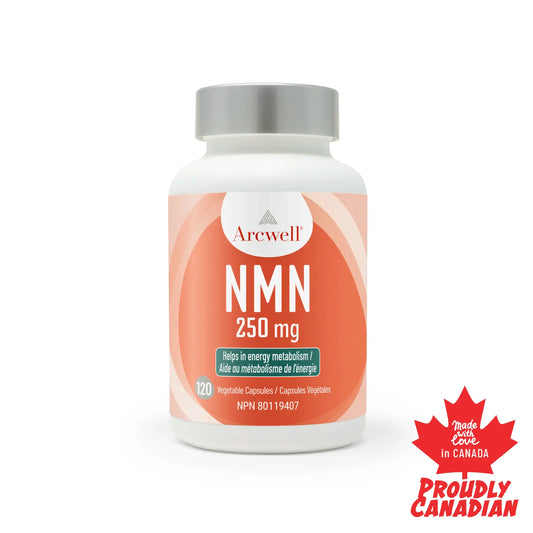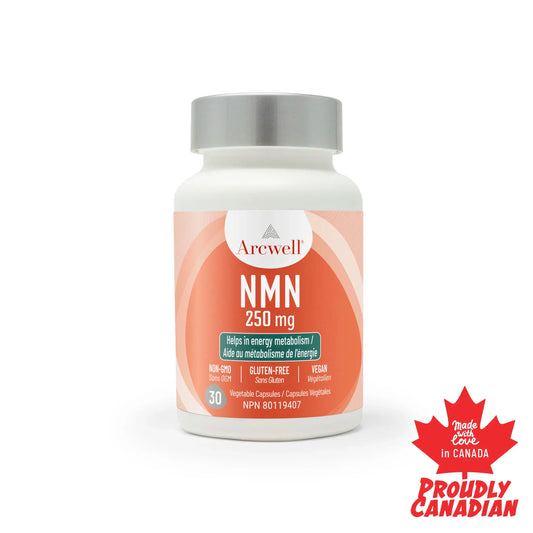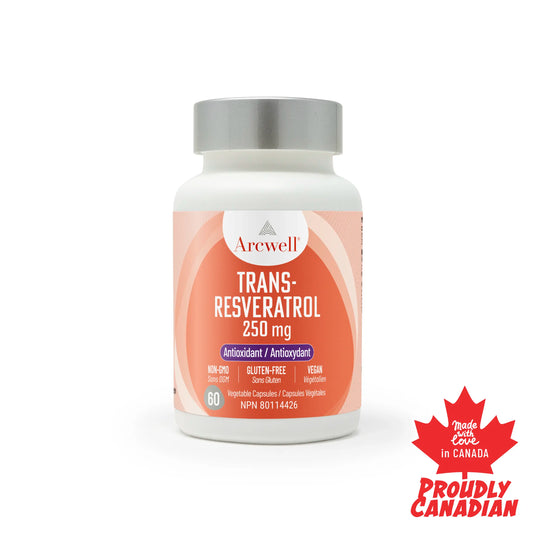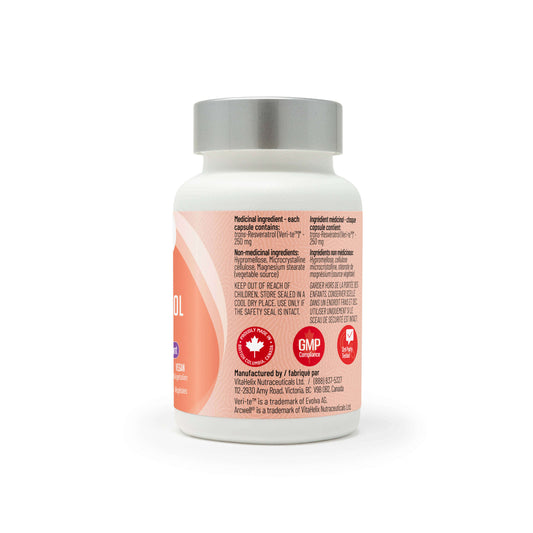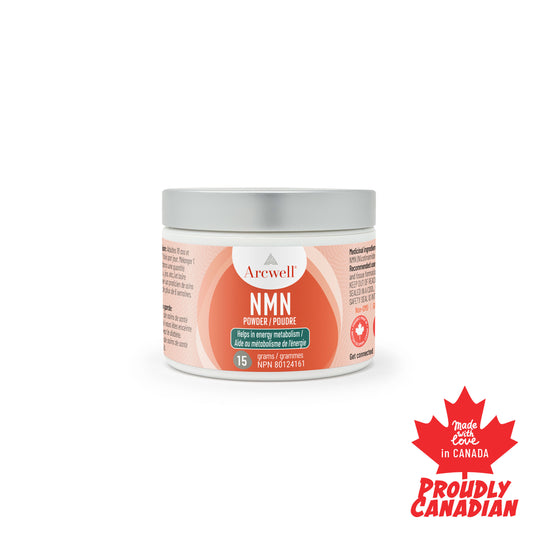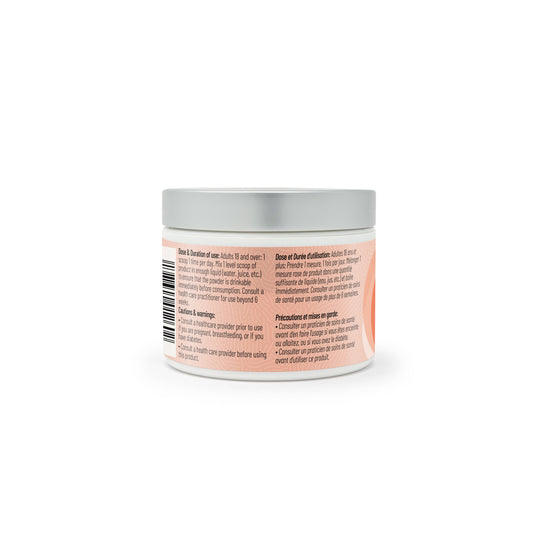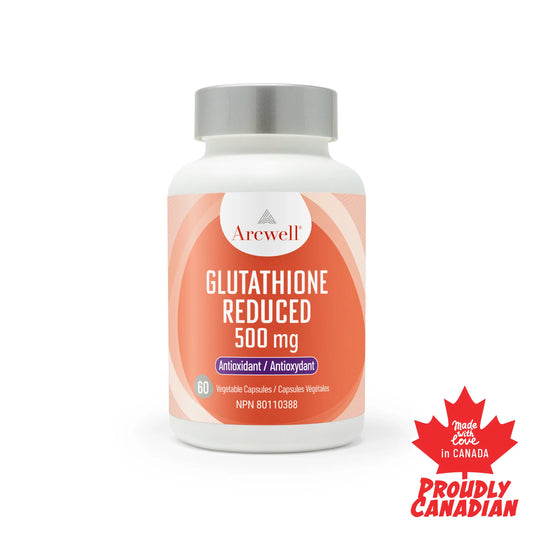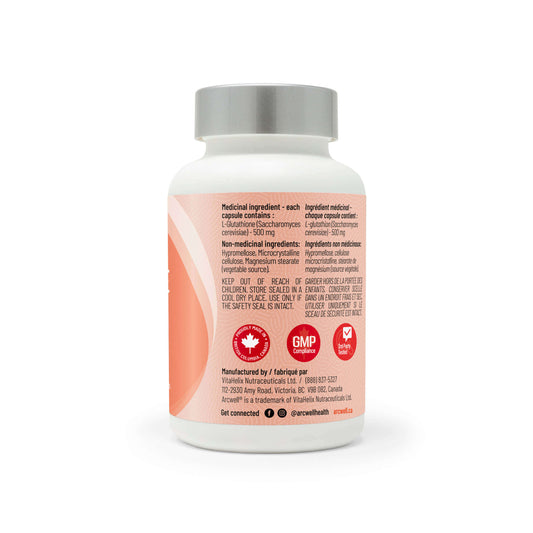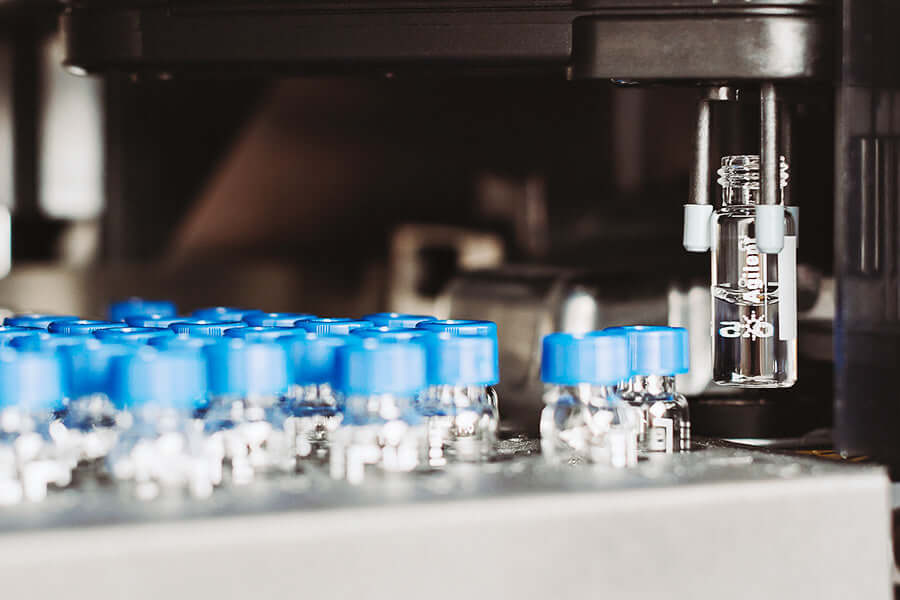
Lab Testing Results for Resveratrol Product Stability
Share
Despite its popularity among those who are seeking means to live longer, Resveratrol has shown its efficacy as an antioxidant, anti-inflammatory, and a great supplement to combat age-related cognitive decline as we talked about in our channel before.
If you are taking resveratrol for some reason, there are two things you need to make sure of:
- You're taking pure trans-resveratrol with 98% purity or higher, and
- How to store it properly to prevent degradation that can lead to an ineffective resveratrol product.
Today I will bring you to the lab for a quick experiment on resveratrol stability when it is exposed to the kitchen light.
You may have heard that Resveratrol is sensitive to light. If you are taking resveratrol, shall you be concerned about that?
To answer this question, I ran a simple experiment where a high purity trans-resveratrol was exposed to white light for a certain time and re-tested to verify possible changes in purity.
In this experiment, 99% pure trans-resveratrol powder was exposed to a kitchen white light for consecutive 4 days. As time passed by, the color greatly changed from off-white to yellowish. To verify the changes in purity the trans-resveratrol was analyzed before and after the light exposure by using (High-performance liquid chromatography (HPLC). The samples were dissolved in methanol and auto-injected into the HPLC to generate their respective chromatograms.
As I mentioned before in a previous video, the important parameter to observe in this type of analysis is the retention time. The retention time displayed in the chromatogram is like an ID number of each organic molecule, by using the same method under the same conditions, the sample should retain the same retention time. Therefore, the retention time for a specific peak will identify the molecule in a given solution and the area under the peak will indicate the purity of each molecule.
Let's take a look at the chromatograms of two trans-resveratrol samples, before and after four days of light exposure.
The resveratrol BEFORE the light exposure showed an intense and sharp peak with a retention time of 9.4 minutes, indicating a very pure sample with a purity of 99%. No relevant extra peaks were observed. As for the resveratrol AFTER the light exposure, the chromatogram also showed an intense sharp peak at 9.4 minutes, however, multiple peaks were observed with considerable intensities, making the purity of trans-resveratrol drop from 99 to 97%.
This is a substantial decline in the purity considering only four days of kitchen white light exposure. Of course, in a real-life situation, you wouldn't let your bottle open under direct light exposure as I did in this experiment. However, take it, for instance, a resveratrol product packed in a bottle sitting on the store shelf, was exposed to light for several months, then purchased by you, and was kept in your kitchen for one more month as you use it. I THINK YOU GET THE POINT!
Here is the take-home message:
- When purchasing resveratrol, make sure you get trans-resveratrol with purity 98% or higher.
- Resveratrol is light-sensitive. Always keep your resveratrol products in the dark.




